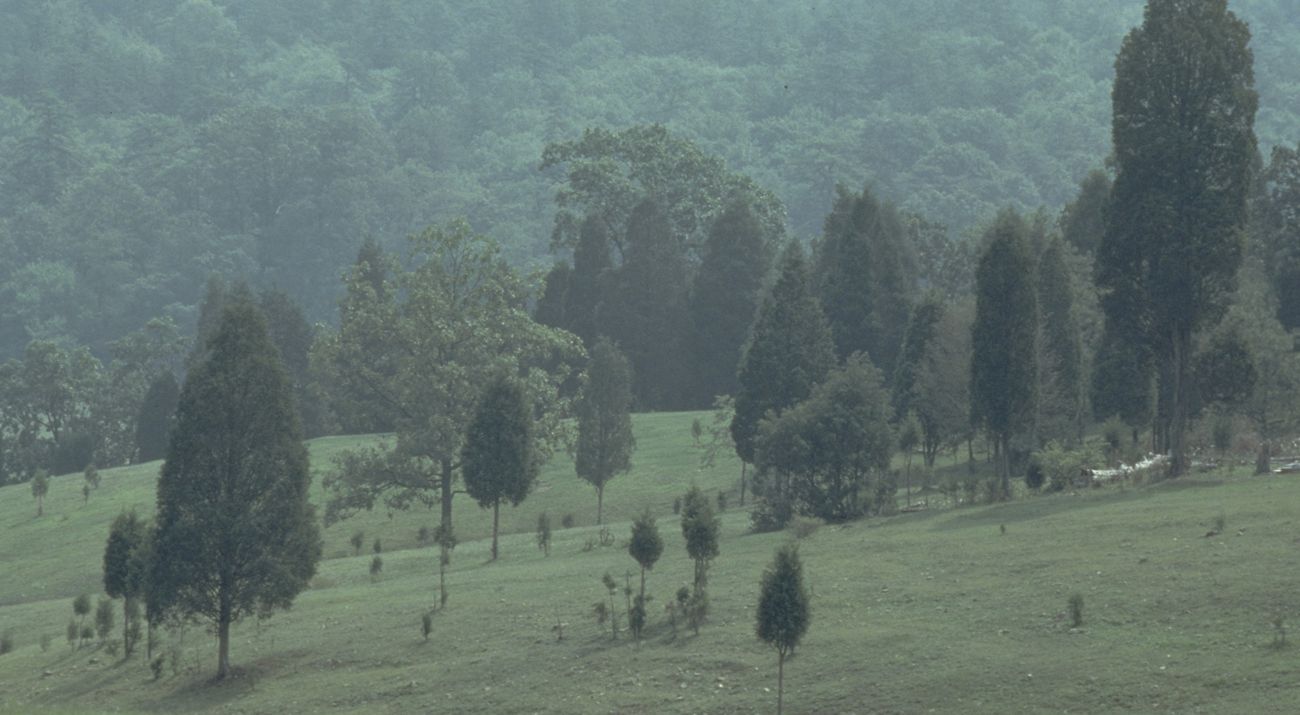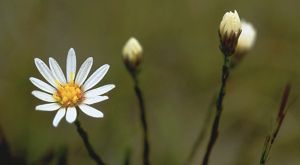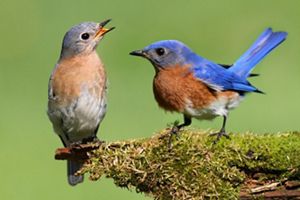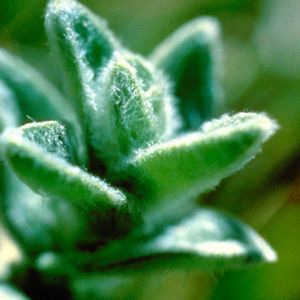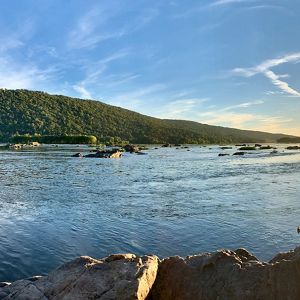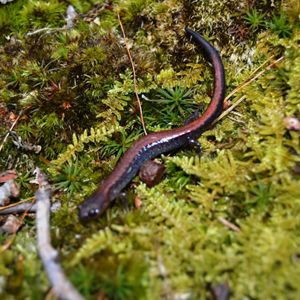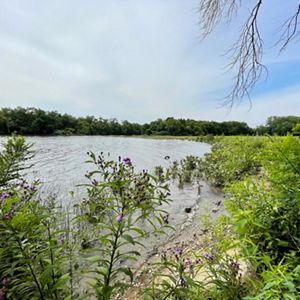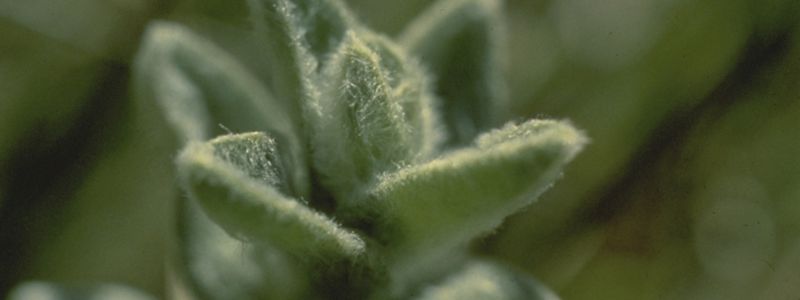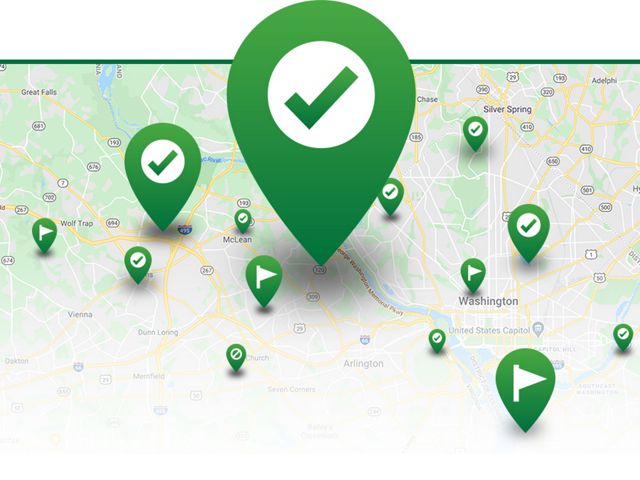Description
Chrome Barrens Preserve is made up of two, non-contiguous tracts—Upper and Lower Chrome. Elk Township owns Upper Chrome, while TNC holds a management agreement on the Weaver Tracts on the east side of Barren Road and owns the smaller 63-acre Lower Chrome. Chrome Barrens is part of the State Line Serpentine Barrens, the largest occurrence of serpentine barrens—extremely rare areas characterized by thin soil and bare, light green rock—in the eastern United States.
Chrome Barrens was formerly known as the State Line Mining district due to the chromium, feldspar and magnesite mining that took place at various sites in the 19th century. The sun-baked conditions on bare serpentine rock and gravel create desert-like habitat for rare and unusual plant species that are especially adapted to withstand heat and drought. Despite lacking nutrients, this habitat supports numerous species—many rare or endangered—that have adapted to the harsh environment over thousands of years.
Special thanks to Elk Township and the Friends of the State Line Serpentine Barrens for their ongoing efforts and assistance in updating, maintaining and managing this site.
